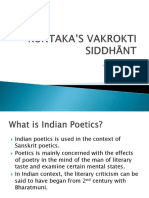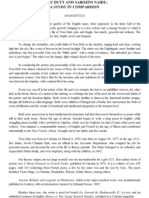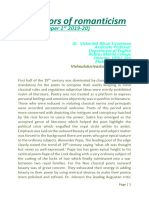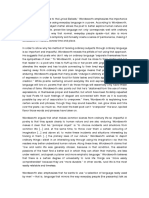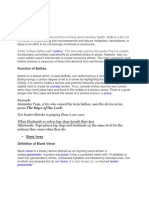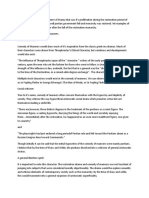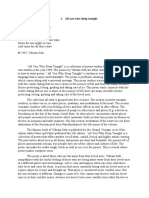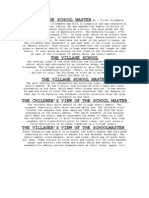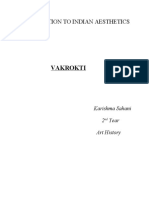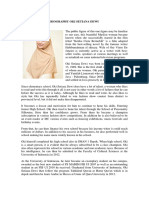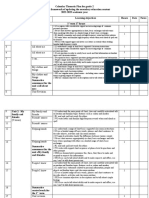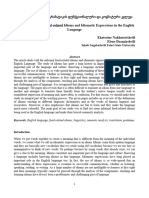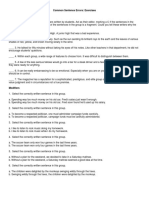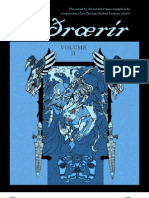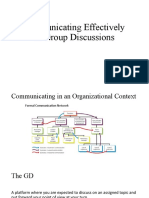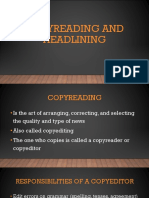0% found this document useful (0 votes)
694 views17 pagesHttps
Kuntaka, a significant figure in Sanskrit literary theory, introduced the concept of Vakrokti, which emphasizes the artistic and expressive use of language in poetry, distinguishing it from straightforward communication. His theory categorizes Vakrokti into six types, highlighting how poets creatively manipulate sound, word choice, grammar, sentence structure, theme, and overall composition to enhance poetic beauty. While Vakrokti serves as an alternative to Anandavardhana's Dhvani theory, it focuses more on stylistic expression rather than deeper meanings, providing valuable insights into the aesthetics of poetic language.
Uploaded by
Riddhima KapoorCopyright
© © All Rights Reserved
We take content rights seriously. If you suspect this is your content, claim it here.
Available Formats
Download as DOCX, PDF, TXT or read online on Scribd
0% found this document useful (0 votes)
694 views17 pagesHttps
Kuntaka, a significant figure in Sanskrit literary theory, introduced the concept of Vakrokti, which emphasizes the artistic and expressive use of language in poetry, distinguishing it from straightforward communication. His theory categorizes Vakrokti into six types, highlighting how poets creatively manipulate sound, word choice, grammar, sentence structure, theme, and overall composition to enhance poetic beauty. While Vakrokti serves as an alternative to Anandavardhana's Dhvani theory, it focuses more on stylistic expression rather than deeper meanings, providing valuable insights into the aesthetics of poetic language.
Uploaded by
Riddhima KapoorCopyright
© © All Rights Reserved
We take content rights seriously. If you suspect this is your content, claim it here.
Available Formats
Download as DOCX, PDF, TXT or read online on Scribd
/ 17
